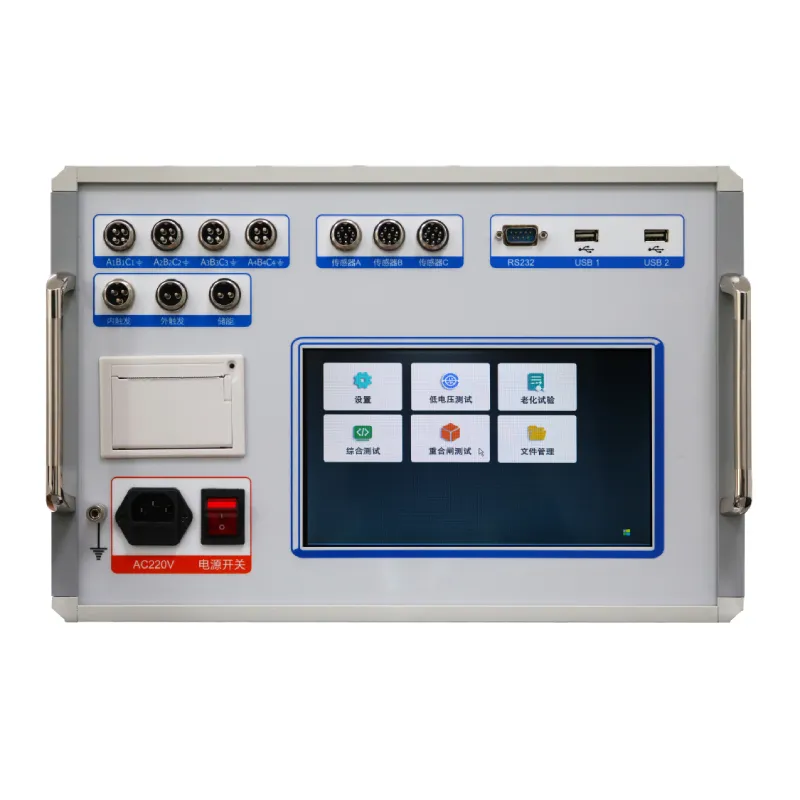 English
English


Advanced Equipment for Testing Combustion Efficiency in Oil Burner Systems and Performance Analysis
Oil Burner Combustion Test Equipment Ensuring Efficiency and Safety
In the ever-evolving landscape of energy consumption and environmental preservation, efficient combustion of oil burners plays a crucial role. Oil burners are commonly used in residential, commercial, and industrial heating systems. To ensure optimal performance, safety, and environmental compliance, oil burner combustion test equipment has emerged as an indispensable tool for technicians and engineers alike.
Combustion testing is a systematic evaluation process that assesses the efficiency of an oil burner. It involves measuring various parameters such as temperature, pressure, and emissions during operation. By utilizing specialized combustion test equipment, professionals can gather essential data that helps in diagnosing potential issues, optimizing fuel consumption, and minimizing harmful emissions.
Key Components of Oil Burner Combustion Test Equipment
1. Smoke Meters These devices measure the opaqueness of combustion gases, indicating the completeness of combustion. High levels of smoke typically suggest inadequate burning, leading to wasted fuel and increased emissions. By analyzing the smoke density, technicians can make necessary adjustments to improve efficiency.
2. Draft Gauges These are essential for measuring the draft or airflow within the burner system. Proper draft ensures that combustion is taking place effectively. Too much or too little draft can lead to inefficiencies or even hazardous conditions. Draft gauges help in optimizing the system’s airflow parameters.
3. Gas Analyzers These sophisticated instruments measure various combustion gases, including carbon monoxide (CO), carbon dioxide (CO2), and unburned hydrocarbons. By analyzing these gases, technicians can assess the combustion process's completeness. High levels of CO indicate a potential danger and inefficiency, necessitating immediate corrective measures.
4. Pressure Gauges Fuel pressure is a critical component for effective combustion. Pressure gauges allow technicians to monitor and regulate fuel delivery to the burner. Irregular pressure levels can lead to poor combustion and increased emissions, potentially damaging the burner over time.
oil burner combustion test equipment

5. Temperature Probes Measuring the temperature of flue gases is essential for determining the heat efficiency of the burner. High flue gas temperatures can indicate wasted energy and inefficiency. By analyzing temperature readings, technicians can adjust burner settings to achieve optimal combustion conditions.
Importance of Regular Testing
Regular combustion testing is vital not only for ensuring compliance with environmental regulations but also for enhancing safety. Oil burners that operate inefficiently can lead to dangerous conditions such as carbon monoxide buildup. Regular assessments help in identifying and mitigating potential risks, thus safeguarding both people and property.
Furthermore, efficient oil burner operation contributes to cost savings. By optimizing fuel consumption, users can lower heating costs and reduce their carbon footprint. In an age where energy conservation is paramount, deploying combustion test equipment can substantially increase a system's operational efficiency.
Conclusion
Oil burner combustion test equipment plays a pivotal role in promoting safety, efficiency, and environmental responsibility in heating systems. By utilizing advanced tools such as smoke meters, gas analyzers, and pressure gauges, technicians can optimize combustion processes, ensuring that oil burners operate at peak performance.
Incorporating regular testing into maintenance routines not only enhances safety and efficiency but also promotes environmental stewardship, making it a necessity in our pursuit of sustainable energy solutions. As technology continues to advance, the effectiveness of combustion test equipment will only grow, paving the way for more efficient and cleaner combustion practices.
-
Differences between open cup flash point tester and closed cup flash point testerNewsOct.31,2024
-
The Reliable Load Tap ChangerNewsOct.23,2024
-
The Essential Guide to Hipot TestersNewsOct.23,2024
-
The Digital Insulation TesterNewsOct.23,2024
-
The Best Earth Loop Impedance Tester for SaleNewsOct.23,2024
-
Tan Delta Tester--The Essential Tool for Electrical Insulation TestingNewsOct.23,2024





